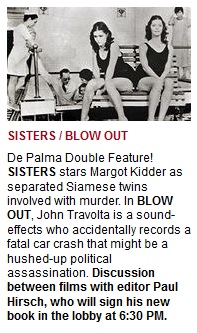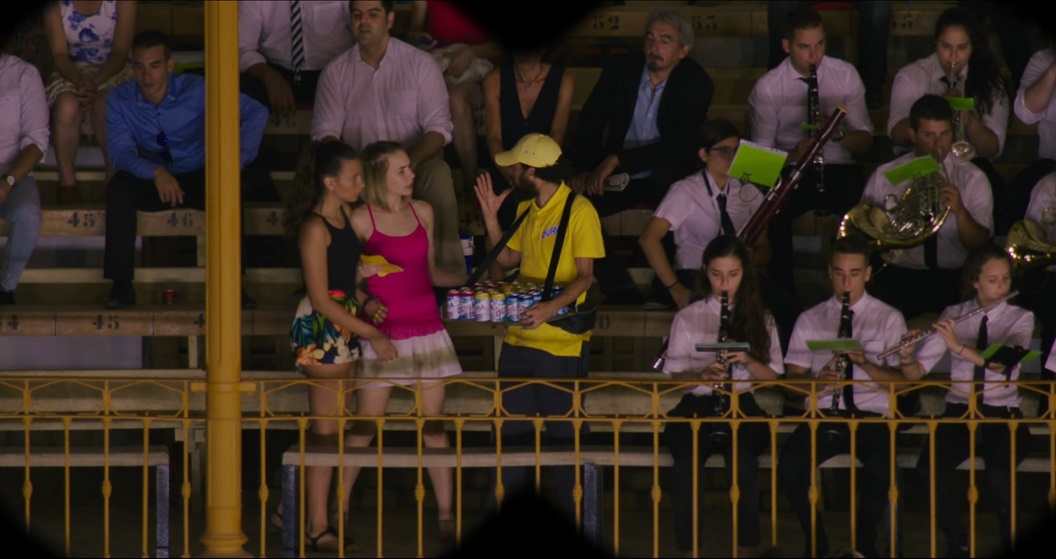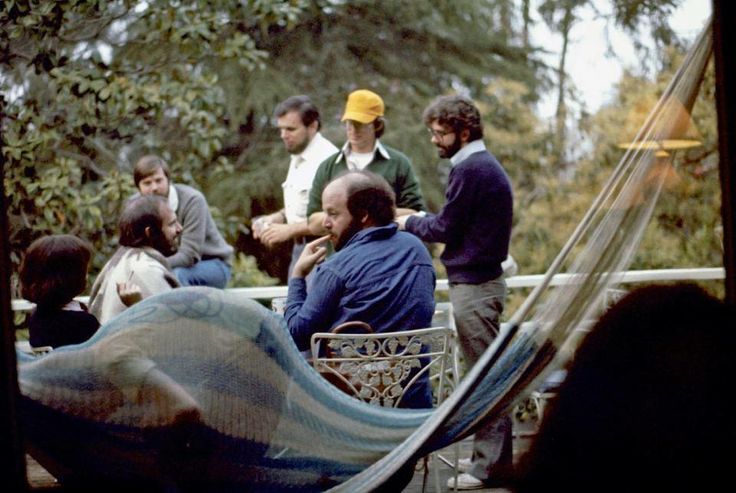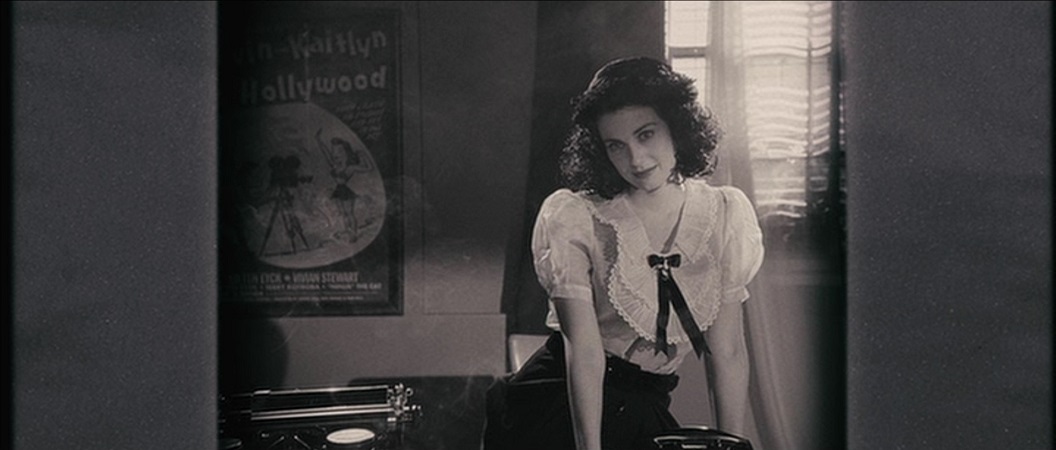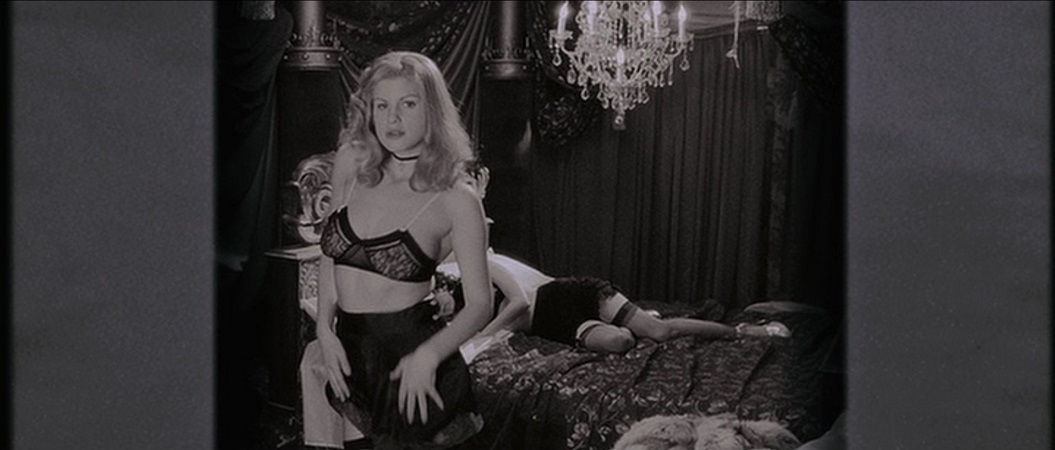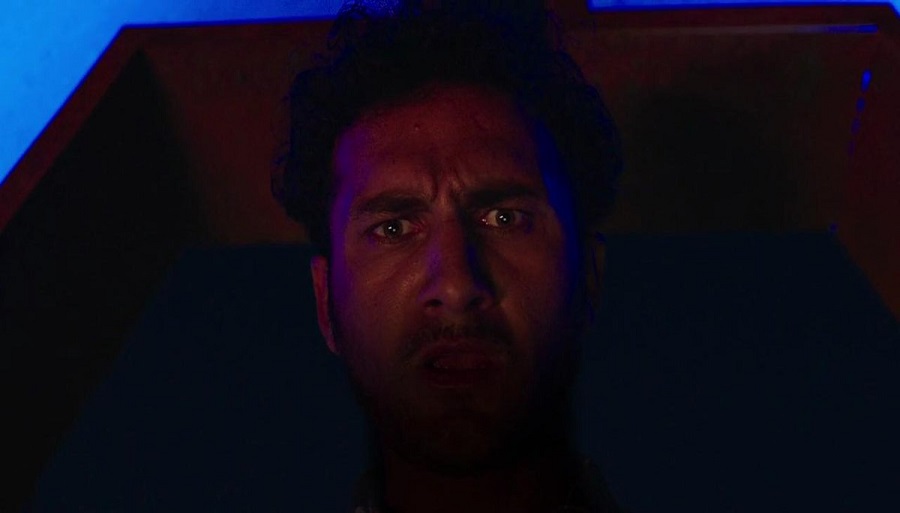"DIRECTING IS VERY PHYSICAL - CONCENTRATION-WISE, IT'S EXHAUSTING"
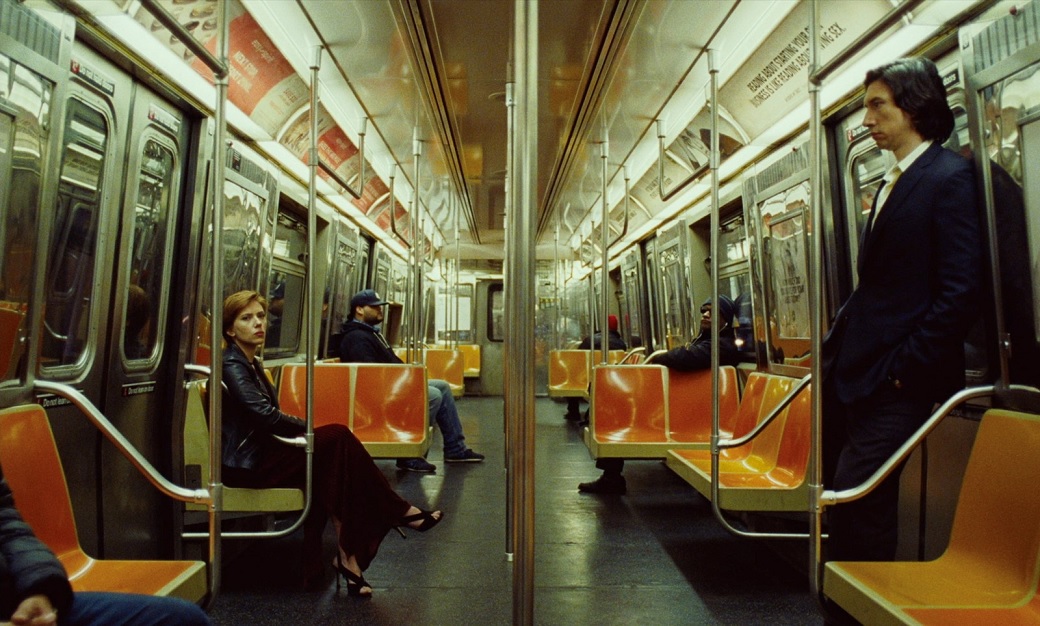
Noah Baumbach's Marriage Story is getting raves and topping lists all over the place. Dazed's Nick Chen spoke with Baumbach last week, and, amidst discussion of the new film, asked him about a Brian De Palma quote from Baumbach and Jake Paltrow's De Palma documentary:
Baumbach is in the middle of a jet-setting tour. The previous day, he flew in from Paris and delivered a BAFTA Screenwriting Lecture. (“Greta Gerwig pointed out to me that my movies tend to tell you what they’re about at the very beginning,” he said at the event. “I wasn’t aware of this, but it’s embarrassing when you go back and look.”) Earlier in the week, in New York, Marriage Story won so many prizes at the Gotham Awards that Baumbach took to the podium four times, eventually deadpanning, “I hope you remember what I said in the last speech, because it’s still relevant.”Compare it to early 2018, a few months after the release of The Meyerowitz Stories, when Baumbach was a regular at awards shows – but as a plus-one on the Lady Bird table. (InStyle ran an article titled “Who Is Greta Gerwig’s Boyfriend?”) However, several pundits are predicting that Marriage Story will be the first Netflix film to win Best Picture at the Oscars. So what about the rumours that Marriage Story was originally set up at Amazon?
“That wasn’t true,” Baumbach says. “We had talked to Amazon about it, but I already had a relationship with Netflix.” Was he impressed, then, with the creative freedom a streaming service offered on The Meyerowitz Stories? “Netflix is a movie company run by people who really love movies. A few years ago, there was a legitimate distinction between what Netflix is doing and what other companies are doing. But now the movie business is moving that direction. Netflix adjusted on their part, too. We had a month in the United States exclusively in theatres before it went on Netflix, and they’ll keep it in theatres for people who want to have that choice.
“I talked to Scorsese about it. The King of Comedy was pulled after two weeks in theatres. It’s a complex discussion and in flux. In two years, it’s going to be something else. To me, Netflix is just a great place to make movies.”
Unlike Baumbach’s earlier features where scripts were written then sent out to potential actors (Greenberg was nearly shot with Mark Ruffalo and Amy Adams, not Ben Stiller and Gerwig – a real Sliding Doors moment), Marriage Story was conceived specifically for the leads. “Adam’s an actor I’ve continued to work with since Frances Ha,” Baumbach says. “Knowing Scarlett and Laura was invaluable and helped me visualise the scenes. There are sequences written in the movie because I’m motivated by knowing that actor is playing that part. Laura’s monologue came from Laura. We talked about it while I was writing it.”
As Nora, Nicole’s lawyer, Dern delivers a fiery speech about how society accepts imperfect fathers but not imperfect mothers. Fathers are already expected to be absent, Nora explains, but mothers are chastised if they drink too much wine. “We were saying that Nora got into the business for moral reasons. Nora wanted to stand up for people, and women particularly, who she feels the system is rigged against, and she wants to be their crusader.”
Early on, the camera regularly hovers over the shoulder of Charlie or Nicole, depending on narrative momentum. The legal scenes, though, are blocked and framed as if the bickering pair are helpless children in the room. Occasionally, it’s like the lawyers are in cahoots. Dern and Liotta’s characters are arch enemies who socialise at charity dinners and drive up each other’s business. It’s an emotionally cold war: when Nicole hires Nora, Charlie reluctantly directs “two shitty plays” to afford an expensive equivalent. (Incidentally, Baumbach wrote Madagascar 3 and nearly directed Mr Popper’s Penguins around 2011.) In the courts, it’s like we’re witnessing a different film – or what Baumbach describes to me as “various genres that are hidden and that reveal themselves in the movie”.
One of those hidden genres is a musical. At rock bottom, Charlie belts out Stephen Sondheim’s “Being Alive”, a song that appeared for five seconds in Lady Bird. The sight of Driver’s gigantic face on a gigantic screen as he splutters Sondheim’s lyrics (“Make me confused, mock me with praise/Let me be used, vary my days/But alone is alone, not alive!”) is reason enough to catch Marriage Story in a theatre. That Driver is initially too tall for the microphone is the cue to laugh or cry.
“Charlie clearly knows the song very well,” Baumbach explains. “He’s doing all the other parts. We all have that experience where there’s a song we’ve heard a million times, and suddenly you hear it in a different way.” When performing Sondheim, Charlie is able to reveal his deepest, innermost emotions. Did Baumbach find something similar with Marriage Story – that screenwriting unlocks a certain kind of honesty and catharsis?
“It’s through art that Charlie can express himself in a way that he can’t, or hasn’t been able to, in life,” Baumbach says, slightly avoiding the question. “That was very moving to me. There’s something true of many artists, that they can be smarter and wiser and more profound in their work than perhaps in regular conversation.”
Through Robbie Ryan’s cinematography, the film depicts the visual contrast between New York, where Charlie directs his plays, and LA, where Nicole lands a role in a TV pilot. Often, Charlie is like Stiller in Greenberg: a New Yorker resentfully residing in the open spaces of LA. “We thought about that with the wardrobe,” Baumbach explains. “When Charlie’s in Los Angeles, he’s still wearing an overcoat and sweater. He’s dressed for the past.”
Does Baumbach, a New York resident, consider LA to be his Bergman Island? There are, after all, numerous references to Ingmar Bergman in Marriage Story – including a magazine profile titled “Scenes from a Marriage” and close-ups that pay homage to Persona. “I find LA so strange,” the director says. “Every time I go there, I need to adjust. The car culture and the light is so different from New York. The movie was an opportunity to have these radically different-looking environments: LA for her, New York for him. But it’s a stand-in for a more abstract idea of what home is, and identity.”
As for why there are so few divorce movies, Baumbach doesn’t have an answer. ABBA, I mention, sang about divorce, had two divorces within the band, yet the blockbuster celebrating their music revolved around a wedding. “There are a lot of breakup songs,” he says. “But many love songs are actually about breakups. There’s a movie genre, even, of the love that can’t be: Casablanca and Brief Encounter. I thought about this movie in that context as much as any ‘divorce movie’ context.”
Baumbach, it must be said, speaks carefully and considerately, often starting sentences again, as if punching up his own responses. But he does answer a few quick-fire questions, such as the status of the stalled Barbie movie he’s writing with Gerwig (“It’s happening, but we haven’t started it yet”), and if the “you should see the other dog” line that appears in both Meyerowitz Stories and Isle of Dogs is an in-joke between him and Wes Anderson (“Really? We’ve never discussed it – I’ll ask Wes”).
But the longer answers are, understandably, reserved for Marriage Story, which could have premiered at the 2018 film festivals, but the director opted to spend a few more months perfecting it in the editing room. All of which is to say, catch it in a theatre if you can. There’s a misnomer that talky dramas don’t require the cinema treatment. (A headline from The Onion: “You Haven’t Seen Frances Ha Until You’ve Seen It In IMAX.”) But it was shot on 35mm, the cinematography is thoughtful and elegant, and the collective discomfort can only be experienced with a crowd – unless you watch it at home with a resentful partner, that is.
Many critics have called it Baumbach’s best film. I’m not sure if that’s true, but it’s certainly up there. It’s definitely his most mature, in that it’s the only one in which a character would apologise for screaming, “Every day, I wake up and hope you’re dead!” The richness of the material – feeling like a criminal who hasn’t committed a crime; the irony that Charlie is a better husband in divorce; that loving someone generates a deeper potential for hatred; that Nicole thrives by dumping her controlling partner – wasn’t there in Baumbach’s first few movies. Which brings to mind a quote from Brian De Palma at the end of the 2015 documentary De Palma, co-directed by Baumbach. De Palma claims that filmmakers peak in their 30s, 40s and 50s – then go downhill. Does Baumbach, aged 50, have 10 years left at his peak?
“That’s Brian’s observation,” he says, chuckling. “But what Brian also says, which I think is very true, is that directing is very physical. Concentration-wise, it’s exhausting. It’s a challenge. I’m really impressed with directors like John Huston and Robert Altman who work to the end of their lives. It’s so tiring and gruelling, getting up and shooting nights, and under stress and parameters.”
So it’s fortunate Marriage Story turned out the way it did? “It’s a crazy art form when you think about it. I don’t know if there’s any other art form where you have to get it right this one time – and that’s it.”
Updated: Tuesday, December 10, 2019 1:18 AM CST
Post Comment | Permalink | Share This Post




 Stephen Tolkin, a writer and sometimes director who works mainly in television, wrote a screenplay adaptation of Alfred Bester's The Demolished Man for CBS Films in 1985. About a decade later, according to Tolkin, Brian De Palma, having found box office success with Mission: Impossible, told Paramount that he wanted to direct Tolkin's version. De Palma, of course, had been wanting to make a film of The Demolished Man since the mid-1970s, and worked on a screenplay with author John Farris after adapting Farris' The Fury into a feature film.
Stephen Tolkin, a writer and sometimes director who works mainly in television, wrote a screenplay adaptation of Alfred Bester's The Demolished Man for CBS Films in 1985. About a decade later, according to Tolkin, Brian De Palma, having found box office success with Mission: Impossible, told Paramount that he wanted to direct Tolkin's version. De Palma, of course, had been wanting to make a film of The Demolished Man since the mid-1970s, and worked on a screenplay with author John Farris after adapting Farris' The Fury into a feature film.